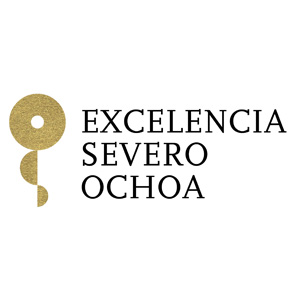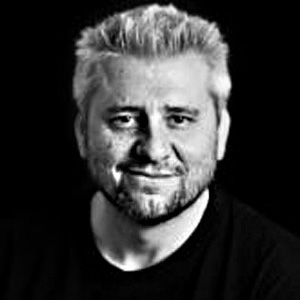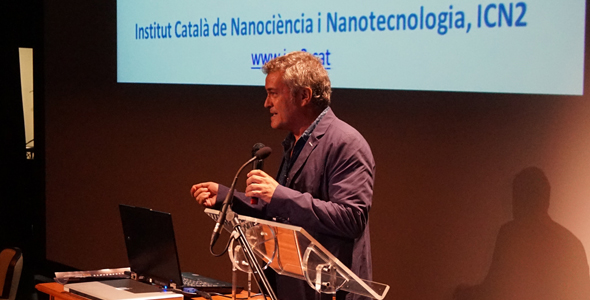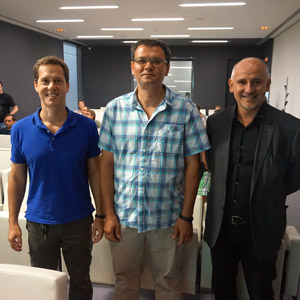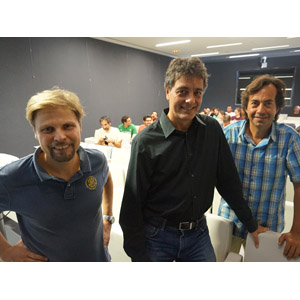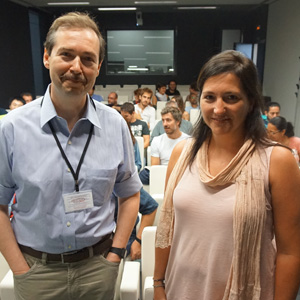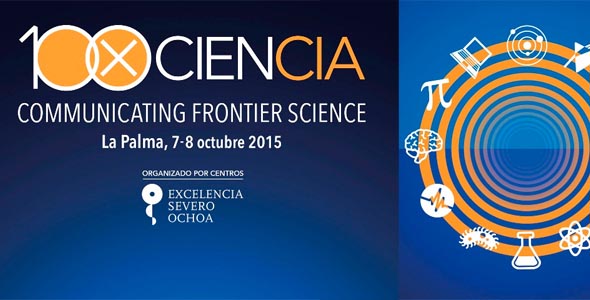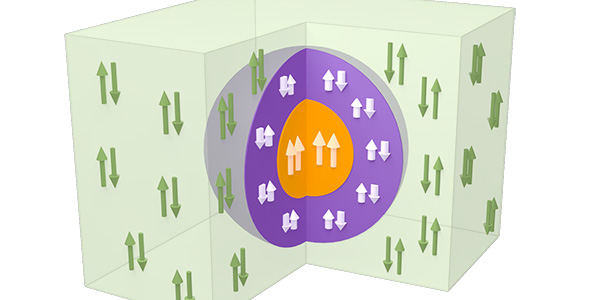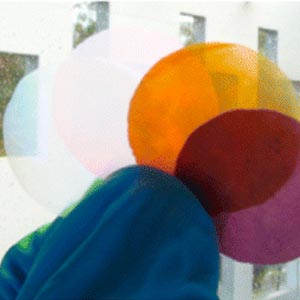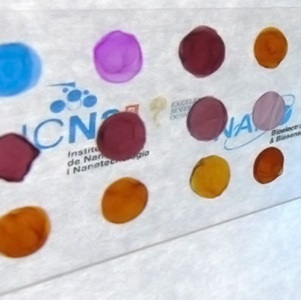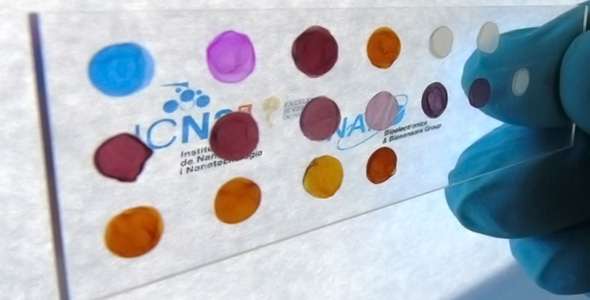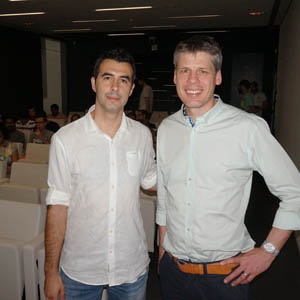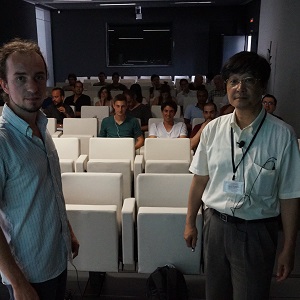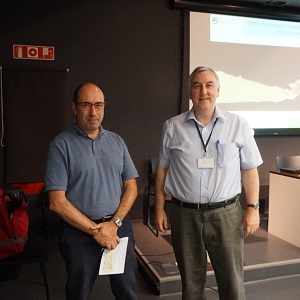Severo Ochoa Programme 2018-2022 NEWS
Our Partner:
https://royalreelspokies.live/ - Royal Reels Australia. Казино Вавада открывает доступ к игровой платформе через официальный сайт Vavada. Быстрая регистрация в
Вавада казино, щедрые бонусы и регулярные турниры с призовым фондом!
Wednesday, 28 October 2015
Two of the new Severo Ochoa Centers in the UAB Campus are part of CSIC: The Institute of Materials Science of Barcelona (ICMAB) and the Centre for Research in Agricultural Genomics (CRAG). The news items list the rest of awarded centers related to CSIC, including ICN2.
Monday, 26 October 2015
During his presentation, Prof. José Ramón Galan-Mascaros explored the state of the art in the field, as exemplified by the versatility observed in the family of triazole-based spin crossover compounds. The speaker was introduced by CSIC Research Prof Daniel Ruiz, Group Leader at ICN2.
Wednesday, 07 October 2015
During the first day of the forum plenty of panel discussions, outreach seminars and talks by first level representatives of the different centers took place. CSIC Prof. Pedro Gómez-Romero, Group Leader at ICN2 and science disseminator, underlined that for an effective dissemination of science it is important that we all enjoy during the process.
Wednesday, 07 October 2015
Obtaining Hydrogen through water splitting may have broad energetic implications. Researchers from the Catalonia Institute for Energy Research (IREC), with ICREA Prof Jordi Arbiol’s Group at ICN2, recently published in Energy & Environmental Science a systematic mechanistic study of the origin of the Titanium-induced enhanced photoactivity in Hematite-based photoanodes.
Monday, 28 September 2015
“What can topological insulators do for spintronics?”. It is the appealing title of the talk offered today at ICN2 by Prof Branislav K. Nikoliã, and introduced by the ICN2 Group Leaders Prof Stephan Roche and Prof Sergio O. Valenzuela.
Tuesday, 22 September 2015
Prof. Albert Folch, Associate Professor of Bioengineering at the University of Washington, presented his recent work in an ICN2 Seminar introduced by Dr. Antoni Homs. His lab's long-term mission is to make microfluidic devices easily available to clinicians in order to enable novel cancer diagnostics and therapies.
Monday, 07 September 2015
The talk held on September 4th, 2015, was entitled “Electromechanical Behavior and Electronic Properties of Complex Oxide Heterostructures and Hybrid 2D Ferroelectric Devices”. Prof. Alexei Gruverman, from the University of Nebraska-Lincoln, has played a key role in the field of ferroelectric and multiferroic oxides. Dr. Neus Domingo introduced the Seminar.
Friday, 28 August 2015
The 100xCiencia encounter will summit in La Palma (October 7-8) outstanding journalists and scientists. The event will explain the science carried out by the main centres of R&D in Spain, those accredited with the Severo Ochoa Excellence award, and will establish a debate with communicators and journalists about how to communicate and to popularize their scientific activity.
Thursday, 27 August 2015
A work published in Physical Review Letters, with ICREA Prof Josep Nogués, Group Leader at ICN2, as its last author, explains how an Antiferromagnetic Proximity Effect makes the Magnetic Stabilization possible above 400 K (126.85 degrees Celsius). This achievement might have crucial implications for ultrahigh density recording among other applications.
Wednesday, 26 August 2015
An international team led by the ICREA Prof Arben Merkoci reported in ACS Nano new sensing platforms based on bacterial cellulose nanopaper. The Nature Nanotechnology journal selected this work in its Research Highlights section of the August issue.
Friday, 24 July 2015
During an ICN2 Seminar, presented by Prof Jordi Arbiol, Prof Velimir Radmiloviã explained how he and his team at the University of Belgrade (Serbia) recently discovered a novel method to produce M2O3(ZnO)n polytypoid nanowires.
Friday, 24 July 2015
The recent article about using nanopaper as an optical sensor platform published in ACS Nano has attracted the attention of the press. Some of the most relevant newspapers and radio stations of the country have covered, or will do, the research led by ICREA Prof Arben Merkoci where the potential and the outstanding properties of nanocellulose for sensing applications are highlighted.
Thursday, 23 July 2015
An international team led by the ICREA Prof Arben Merkoci has just developed new sensing platforms based on bacterial cellulose nanopaper. These novel platforms are simple, low cost and easy to produce and present outstanding properties that make them ideal for optical (bio)sensing applications. The results have been reported in ACS Nano.
Tuesday, 14 July 2015
The talk, introduced by the ICREA Prof Daniel Maspoch, summarised the research in the area of multicomponent Metal-Organic Frameworks (MOF) performed the Group led by Prof Shane G. Telfer at the Massey University (New Zealand).
Thursday, 09 July 2015
On 7-11 September, the 16th edition of Trends in Nanotechnology International Conference will take place in Toulouse, France to discuss the state-of-the-art about the field. ICN2 co-organizes the one-day Symposium about Graphene and 2D materials with the presence of five international keynote speakers.
Thursday, 09 July 2015
Prof Yoshishige Suzuki, from the Osaka University (Japan), visited ICN2 after taking part in the International Conference on Magnetism celebrated in Barcelona. Dr. Frédéric Bonell, Postdoctoral Researcher at the Physics and Engineering of Nanodevices Group, worked with him before arriving ICN2 and presented the Seminar.
Monday, 06 July 2015
Prof Richard E. Palmer, from the Nanoscale Physics Research Laboratory at the University of Birmingham (UK), visited ICN2 o July 3. He reported variable temperature atomic manipulation experiments on semiconductor surfaces, which reveal a rich variety of new phenomena.
Wednesday, 01 July 2015
The speaker leads a research Group about Computational and Theoretical Condensed Matter Physics and Chemistry at the Stony Brook University (USA). During the presentation she unfolded her understanding of photocatalytic water splitting and the electrochemical interface from first principles.
Monday, 08 June 2015
In a new article published in Nano Letters, ICN2 researchers led by ICREA Prof Sergio O. Valenzuela have investigated hot carrier propagation across graphene using an electrical nonlocal injection/detection method. The results create new opportunities for nanoscale bolometry and calorimetry and could have a strong impact in the performance of conventional graphene devices.
Thursday, 04 June 2015
For the first time liposomes that imitate cells in the process of natural death have been used to treat Diabetes. Researchers generated liposomes in collaboration with professionals from the ICN2. PLOS ONE Journal publishes the work today. The next steps are to confirm the efficacy in vivo with cells from patients and to carry out clinical trials to prevent the disease and to cure it.
